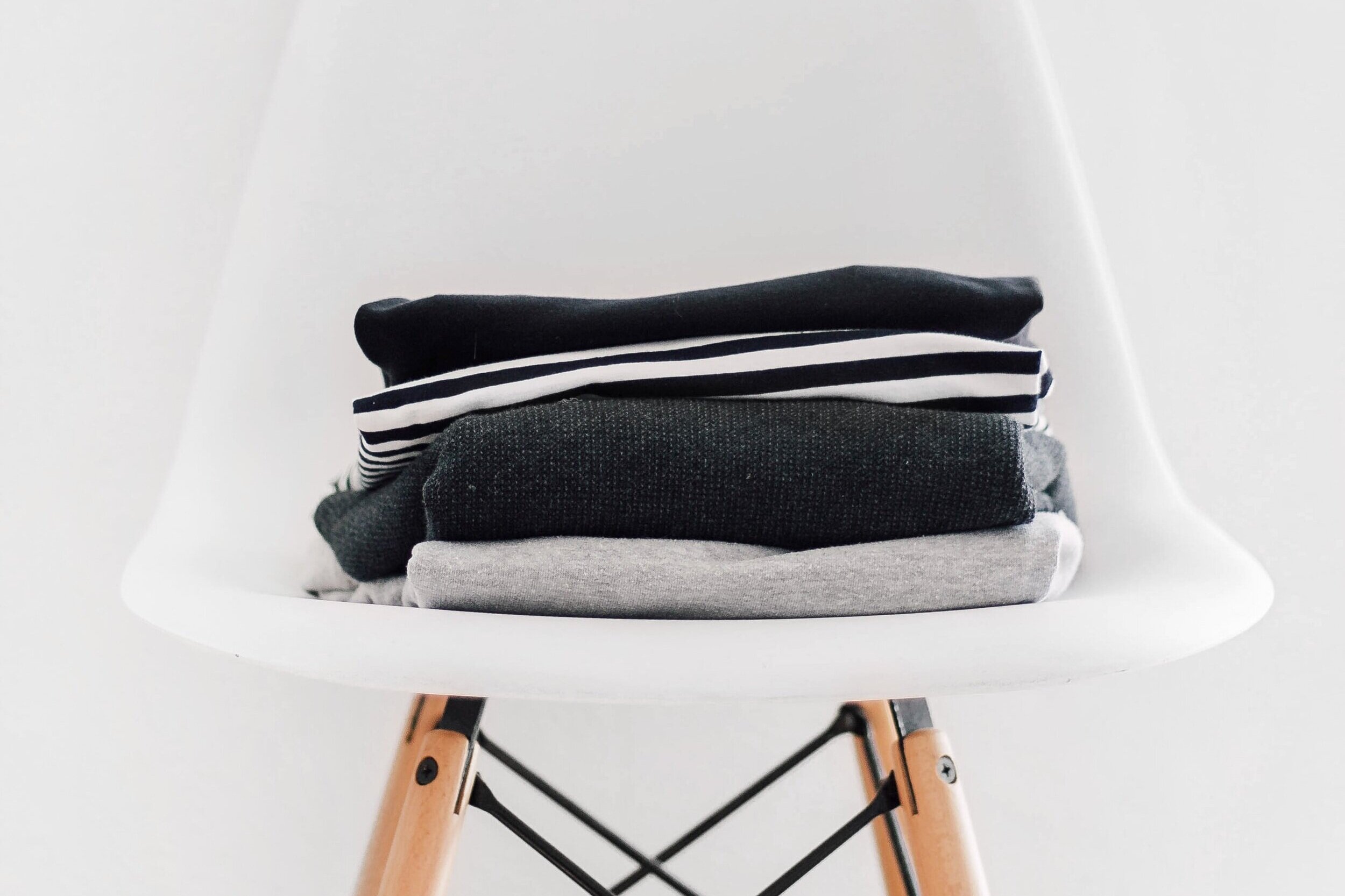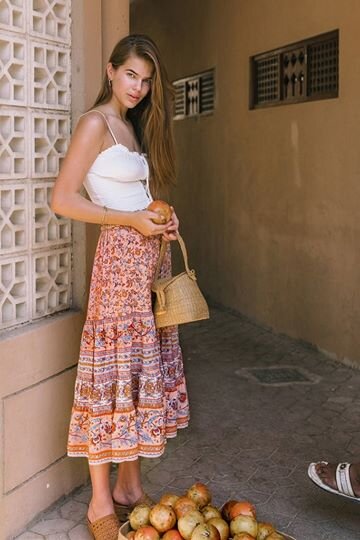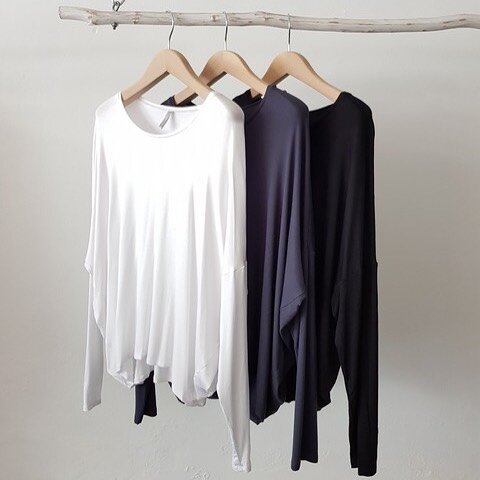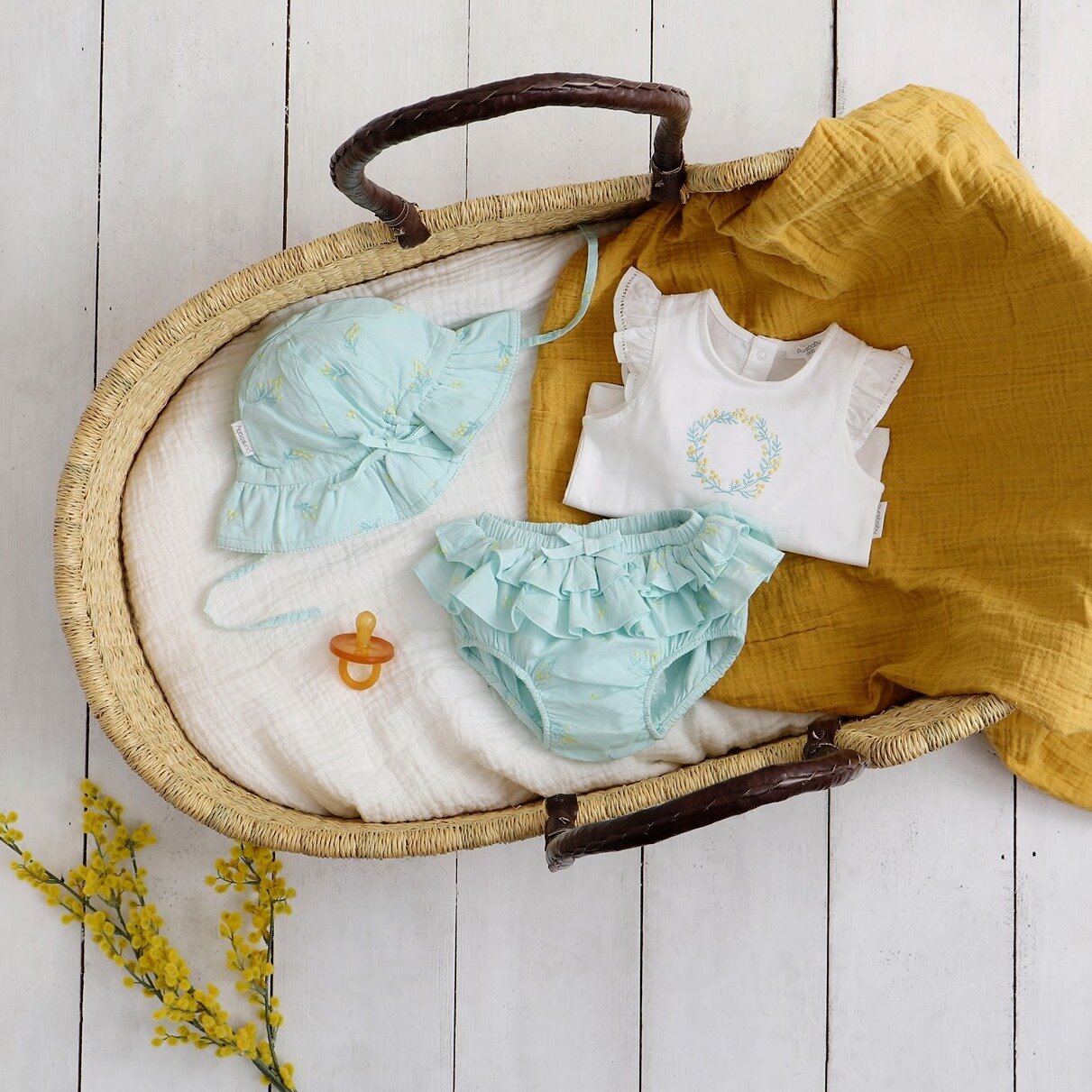The best ethical fabrics for any capsule wardrobe
Polyester and cotton dominate the global textiles market, 51% and 24% respectively.
In pursuit of a more ethical wardrobe?
Here’s a quick guide to creating a fair and earth-friendly closet.
For many of us, there comes a point when we’re fully done with cheap fabrics. Tired of wearing poorly-made, shapeless tops that bobble up, skirts that shrink after one wash, jeans that stretch and sag (yeah, hi H&M). It comes as no surprise whatsoever that we don’t get attached to clothes like these. They’re dispensable, unvalued and we tend to treat our clothes according to their worth.
The research proves it. A recent study found that a third of Australians had thrown away 10+ items of clothing in the preceding 12 months, and around a quarter of 16-34 year olds discard clothes simply because they’re ‘bored’ of them. Our relationship with fashion has clearly gone amok, with devastating effects for the planet.
Conscious shopping is a crucial way to counter this; buying in a slower, considered way; asking ourselves ‘do we really need this?’, investing in local ethical brands, and opting for eco-friendly fabrics - organic, natural and biodegradable materials.
Natural fabrics feel very different. And importantly go the distance, with materials like linen actually softening and improving over time. These are the types of clothes you do get attached to, happily wearing hundreds of times for years to come.
Here’s a guide to some of the best fabrics for the planet, perfect for your capsule wardrobe:
1) ORGANIC COTTON
Cotton is the mainstay of fashion fabrics, but conventionally grown cotton has a woefully high environmental impact. This is due mostly to the high use of synthetic chemicals in its production, much of which ends up in our waterways. (It’s even been labelled “the world’s dirtiest crop” by The Organic Trade Association due to its heavy use of insecticides.)
Organic cotton is a different ball game; farmed without use of chemicals, it is gentler on the planet and offers a better working environment for its workers. The amount of water used in the farming of organic cotton is considerably less (1 kg of organic cotton needs about 7,000 litres, compared to 29,000 litres for non-organic). Organic cotton produces around 46 per cent less CO2 compared to conventional cotton and generally feels more comfortable to wear, thanks to the absence of chemicals in its production (which can roughen or damage the threads). This also means it’ll generally last longer.
Organic cotton produces around 46 per cent less CO2 than conventional cotton.
2) LINEN
Linen is a beloved fashion fabric especially in warmer seasons (I wore it round the year when living in Sydney). Linen threads absorb moisture without holding bacteria, and can hold up to 20 per cent of its own weight in moisture while still feeling dry. But better still, it’s biodegradable, making it one of the most sustainable fabrics going. Every single part of the flax plant (where linen originates) can be used, so it’s highly cost-effective.
It’s also non-static, non-allergenic, naturally insect-repellent, and gives UV protection. Pretty awesome really. And it’s gaining popularity fast, thanks to the rise of minimalist, capsule wardrobes, where linen is perfect for those core pieces. (Its untreated hues serve well as ‘base colours’ - neutral, universally flattering shades like tan, stone, beige and grey). This eco fabric is also highly durable, 30 per cent stronger than cotton, and gets softer and more comfortable with age.
Reformation (a top sustainability fashion brand) has a range of gorgeous linen pieces worth checking out, along with Australian leisure brand VENROY.
3) HEMP
Hemp may have developed a bit of a grungy, hippie association over the years but it’s one of the most sustainable, ethical fabrics available. It’s a natural fibre derived from the stems of plants such as flax, and has that winning formula of being able to keep you warm in winter or cool in summer. No harsh chemicals are needed in its production, and it requires less water and less land to be cultivated. There are some stunning hemp skirts and jumpers out on the market, so a serious contender in the style stakes.
4) RECYCLED FABRIC
Here in Australia, cool fashion brands like Spell & The Gypsy Collective, KowTow, G-Star and Nimble Activewear are making bold moves with sustainable practices - including using recycled materials in their offerings. Bondi based activewear brand, Nimble, uses recycled plastic bottles, and last year saved over 90,000 plastic bottles from landfill.
If you haven’t heard of ECOALF or Doodlage, check these guys out. Both embrace up-cycled, recycled fabrics and are at the forefront of the sustainable fashion game.
Newer eco-friendly fabrics TENCEL (produced from sustainably sourced wood) and MODAL (made from beech tree pulp) are up there too with less negative impact on the planet.
Number one rule for ethical clothes shopping? Go straight to the label (or product description!) for any garment, just like you might a price tag. Learn what it’s made of and THEN consider the price based on your understanding of how it’s been made.
Long-lasting, ethically-made clothing will cost a bit more. That tends to be a sign of high quality, and fair and sustainable production.
TO AVOID…
POLYESTER and NYLON are both petroleum-based, and take an age to break down. These are the nasties that contribute to plastic micro beads in our oceans, which fish ingest, and so ultimately us too. They’re also both incredibly energy-hungry. Nylon manufacture creates nitrous oxide, a greenhouse gas over 300 times more potent than carbon dioxide.
CONVENTIONAL COTTON, as mentioned above, is one of the worst fashion material offenders of the planet for its use of pesticides and water, and yet the most commonly used.
RAYON VISCOSE is also bad news. It tends to be made with the use of toxic chemicals and linked to rainforest deforestation.
Alden Wicker on ECOCULT offers this advice:
“Email your favourite brand who uses rayon viscose and ask them what they are doing to phase it out or clean up their supply chain. I’ve heard from someone who was on the social responsibility team at a large fashion company that those emails get forwarded to them, and they use them to present their case for sustainability to the executive team. So, these emails make a difference!”





